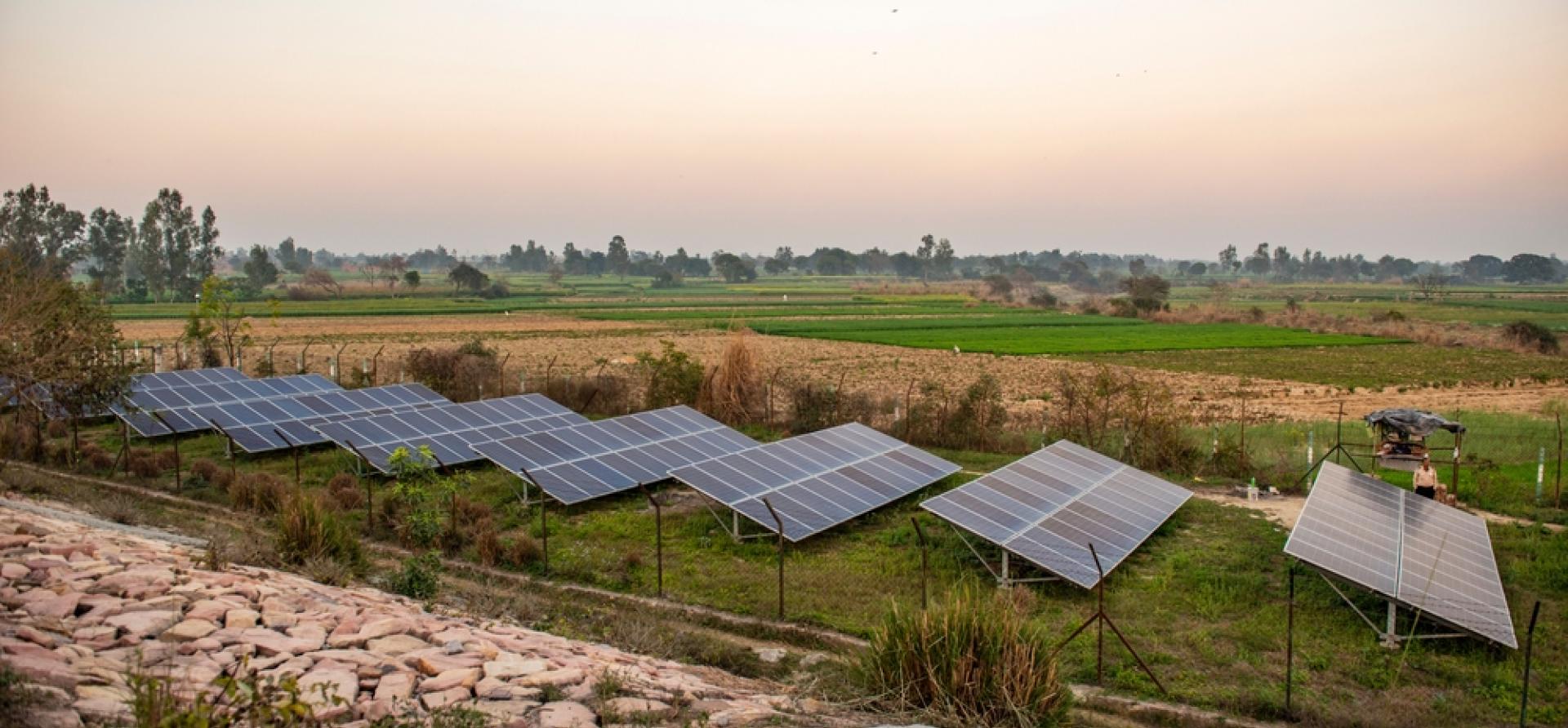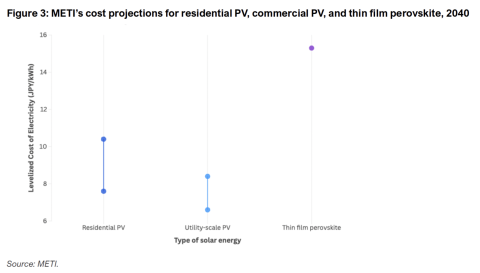Uttar Pradesh: A state critical for India's energy transition
Download Full Report
View Press Release

Key Findings
As of October 2021, Uttar Pradesh had total installed renewable capacity of 4.3GW, which is only 30% of its renewable capacity commissioning target of 14.1GW by 2022. By comparison, other states with high electricity demand are well ahead on their 2022 capacity commissioning targets.
Uttar Pradesh is now at a crossroads where the choices it makes about meeting future power demand growth could either speed up or slow down India's decarbonisation journey.
Meeting its 2030 solar target will allow UP to avoid locking in resources to build new coal plants beyond those under construction.
Executive Summary
Uttar Pradesh (UP) has seen strong growth in power demand in the past decade and now accounts for a tenth of the country’s total power requirements. However, the state’s renewable energy (RE) capacity has grown at a snail’s pace and as a result, UP has fallen behind other large state electricity markets in terms of delivering on RE targets.
UP now needs to ramp up RE installations to not only meet its own RE targets but also to avoid holding back India’s performance on its targets of 175 gigawatts (GW) of RE capacity by 2022 and 500GW of non-fossil fuel capacity by 2030.
The key findings of this report are:
- As of October 2021, UP achieved 30% of its capacity commissioning target of 14.1GW by 2022. That was the lowest among the top six power demand states which account for half of India’s electricity requirement.
- UP will meet the majority of its future electricity demand growth with solar, if it meets its solar targets. By FY2029/30, the state’s electricity production is estimated to grow by 47 terawatt hours (TWh) and about 88% of this will come from solar if the state achieves its 23.5GW by 2030 target. UP would need to add about 2.5GW solar every year on average to hit this target. However, cancellation of RE power purchase agreements (PPAs) in recent years threaten to derail the progress
- Meeting its 2030 solar target will allow UP to avoid locking in resources to build new coal plants beyond those under construction. The plant load factor (PLF) of UP’s 23.7GW coal fleet is already falling, having dropped from 68% to 61% in the last five years. While coal-fired power may have been necessary to meet the state’s growing power demand in the last decade, heavy reliance on coal now leaves its power system vulnerable to any disruptions, even those caused outside the state. Coal shortages in India in October 2021 forced UP to purchase very expensive power at Rs22/kWh in the open market.
Improving the financial and operational performances of UP’s distribution companies (Discoms) is the key to transforming UP’s electricity sector. Extraordinarily high AT&C losses of above 30% and high-power purchase costs continue to worsen the financial position of the Discoms.
In this report, we make a number of recommendations for improving the UP discoms’ financial situation:
- Discoms could rationalise power purchase costs by retiring old coal-fired power plants and replacing expensive thermal power with cheaper renewable power. Further, promoting distributed solar energy could help discoms avoid grid losses.
- Discoms need to unshackle themselves from expensive, long-term thermal power purchase agreements (PPAs). Discoms can better manage peak demand and grid variability from RE penetration by procuring power from day-ahead, term-ahead and real-time markets in open market platforms such as power exchanges or short-term bilateral contracts.
- Discoms should invest in technology and modernisation of the grid. Installation of 1.1 million smart meters and a reduction in open access wheeling charges are progressive steps to turn around Discoms’ weak performance.
- Discoms can reduce their subsidy burden further by reducing cross subsidies and improving targeting of subsidies through direct benefit transfers (DBT).
















